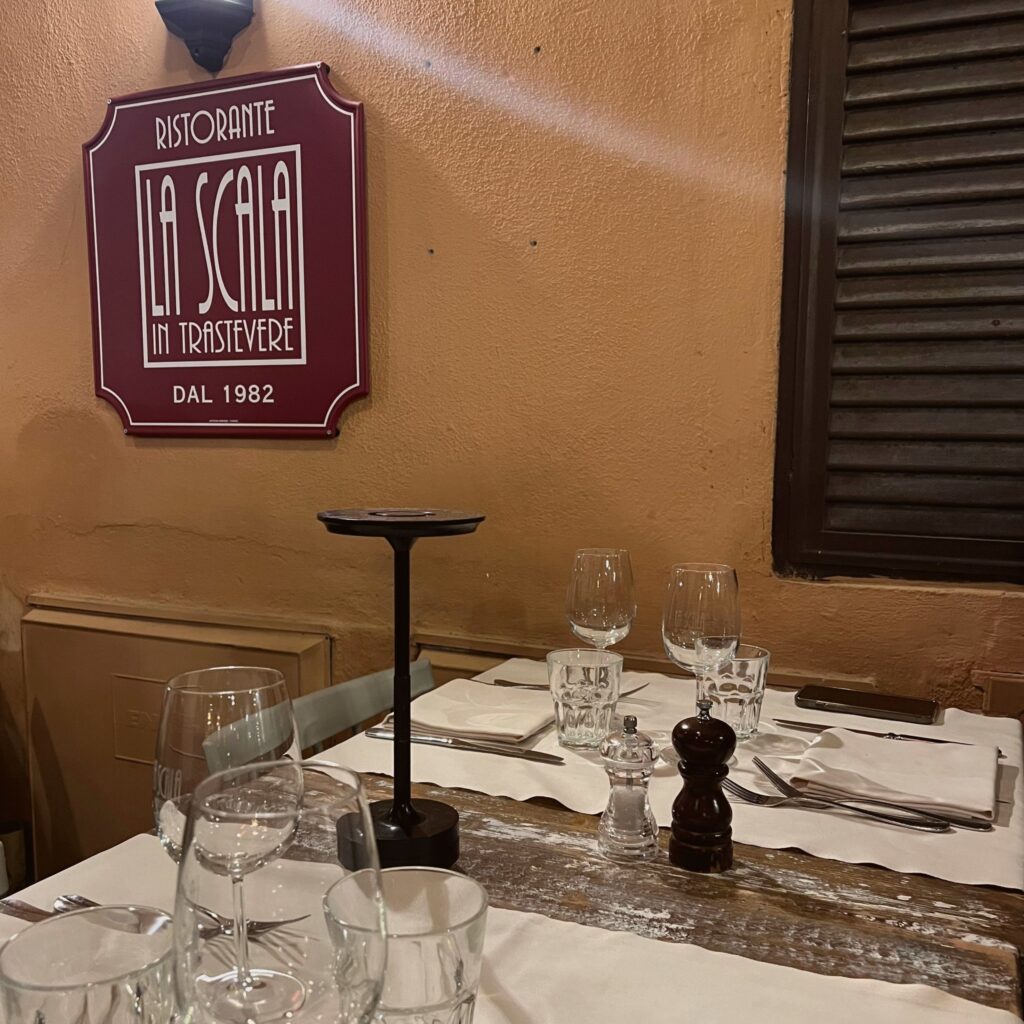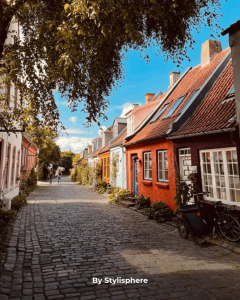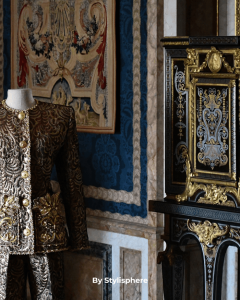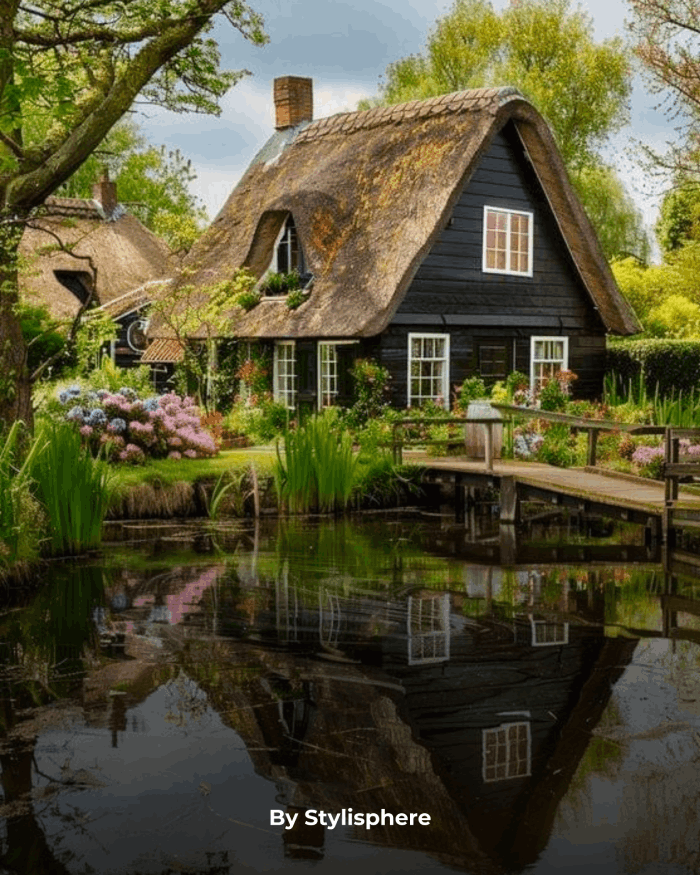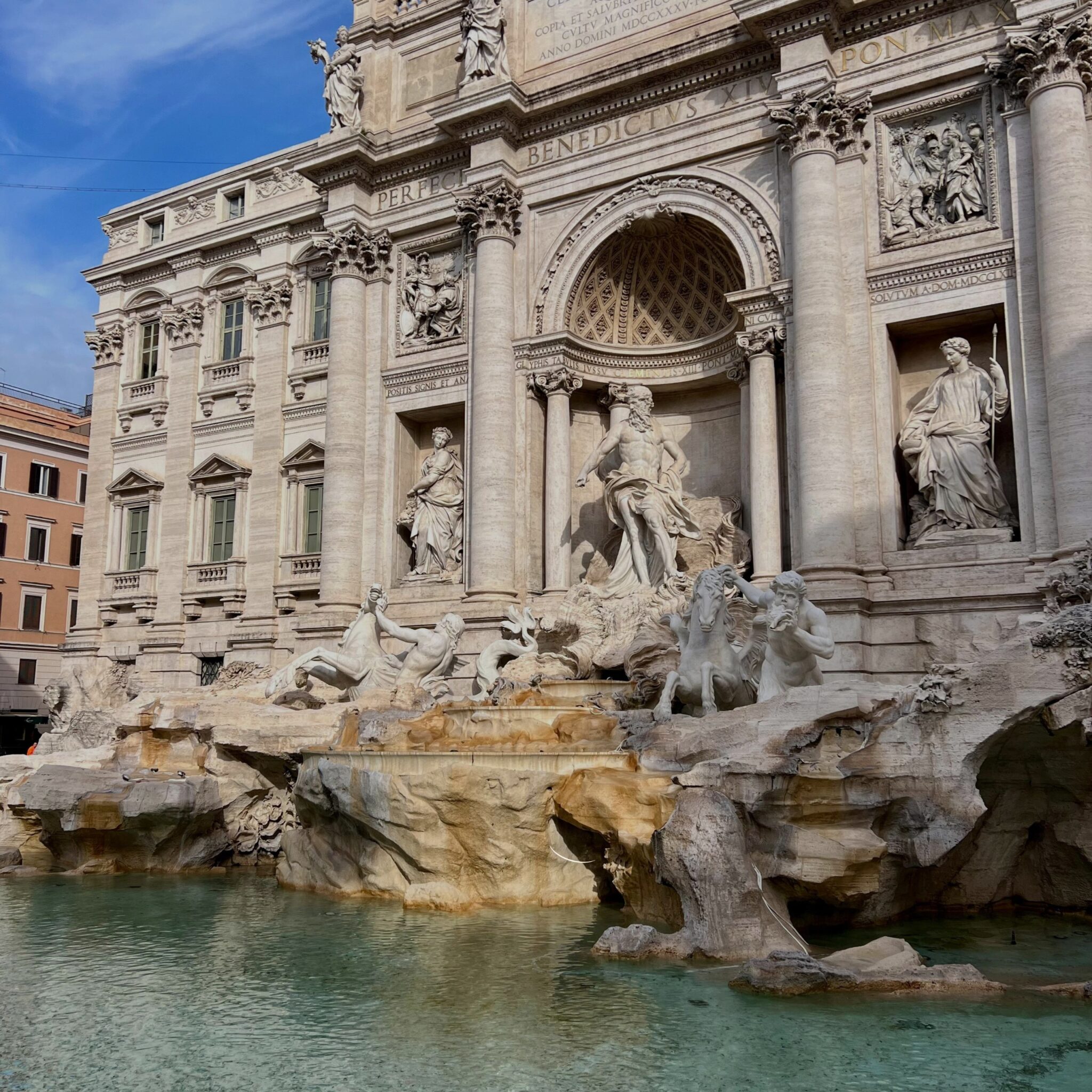
3 full days guide of Rome
When the sun shines and spring arrives, it brings thoughts of enjoying an aperitivo in an Italian plaza. But Italy is only a (cheap) plane ticket away, so why keep dreaming and not making it a reality? We got you covered on the guide too. Here is what you can do in 3 full days in Italy:
Day 1
- Start your day with a stroll in the beautiful garden of Villa Borghese and you will feel like Audrey in the “Roman Holiday” movie.
Originally developed in the early 17th century as private gardens for the Borghese family, one of the most influential families in Rome at the time. Within the gardens, you can find numerous statues, fountains, and monuments, including the famous Fountain of the Sea Horses (Fontana dei Cavalli Marini) and the Temple of Aesculapius (Tempio di Esculapio). The gardens are lush with a diverse range of flora, including towering trees, colorful flowers, and manicured lawns.
- Close to it you will find the Spanish Steps and Piazza del Popolo so after you finish the stroll in the garden, enjoy the two most famous Piazzas in the world.
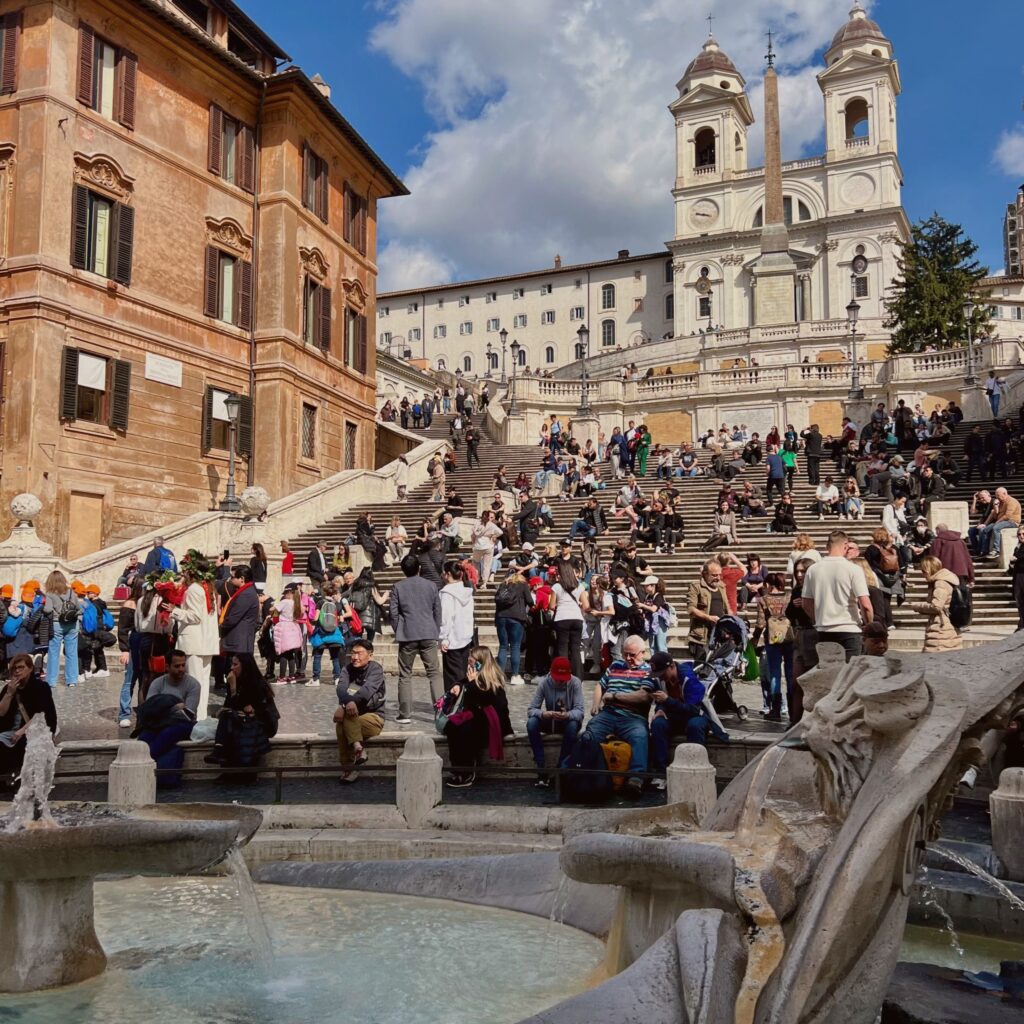
- Grab a quick lunch there as no time to lose when it comes to shopping.
- Italians have a unique sense of style and an eye for fashion like no other. Therefore enjoying your afternoon at Via del Corso is recommended whether you are there for shopping or not.
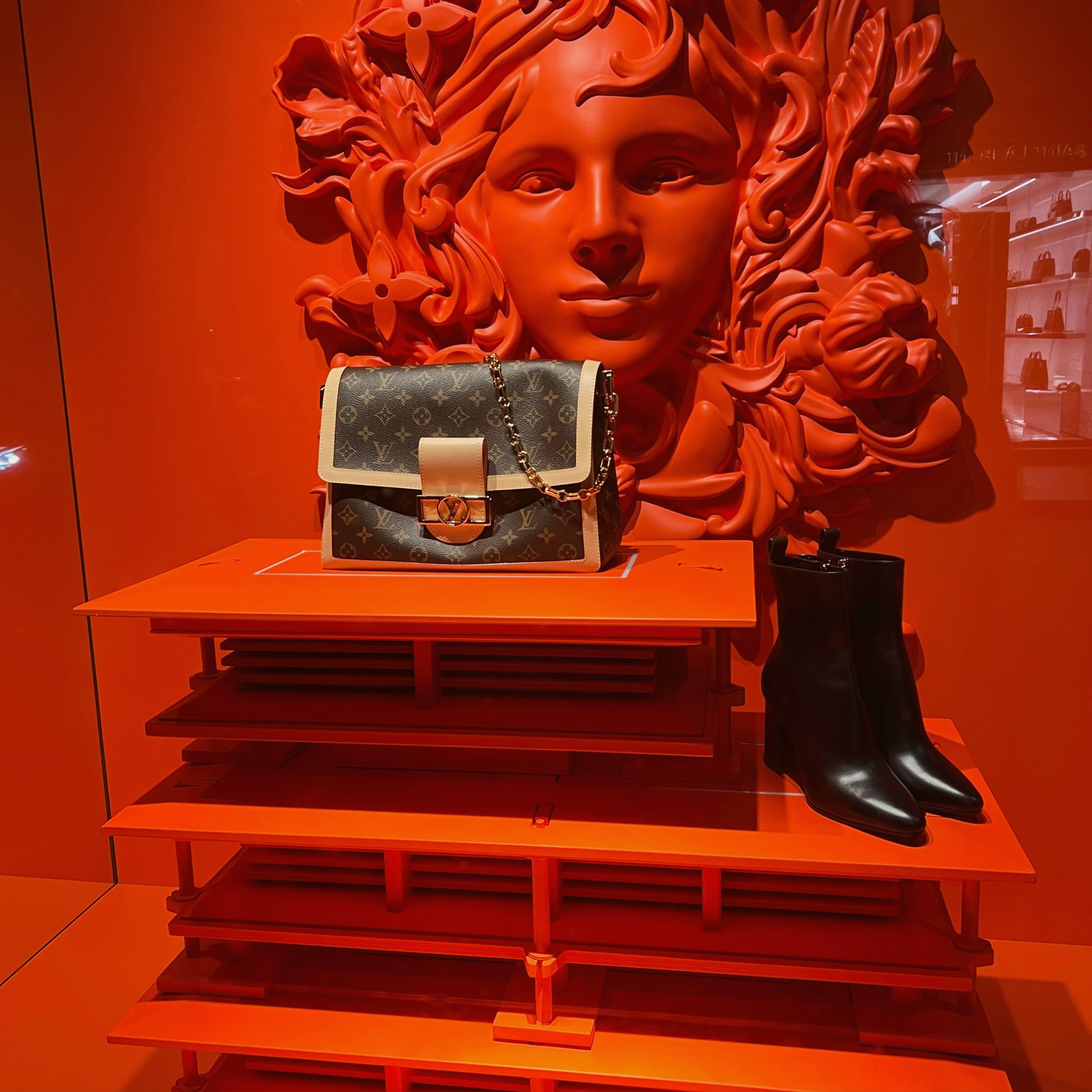
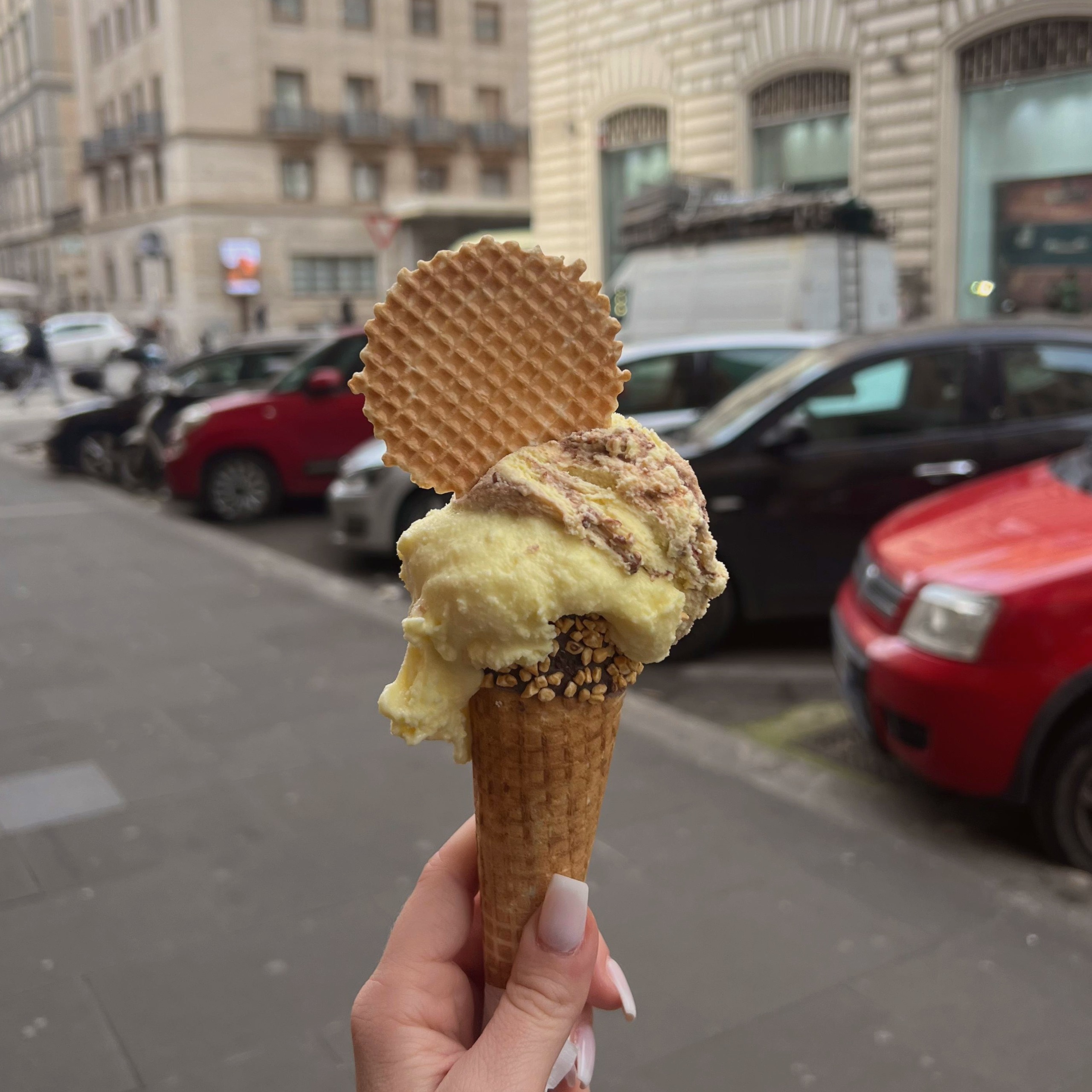
- Dinner with an Albanian soul representing us at Antico Arco, famous restaurant of Fundim Gjepali.
Day 2
- Start your day early in the morning at Fontana di Trevi to avoid the crowd. The Trevi Fountain (Fontana di Trevi) is one of the most iconic Baroque sculptures. Its design is rich in symbolism, representing the theme of the Taming of the Waters. The central figure is Oceanus, the god of the sea, riding a chariot pulled by seahorses and accompanied by Tritons. Don’t forget to toss the coin over the shoulder into the fountain if you want to return to Rome. It is estimated that around €3,000 are thrown into the fountain each day, which is collected and donated to charity.
- Enjoy the perfect symetry of the Pantheon. The interior of the Pantheon is meticulously designed with perfect geometric proportions. The diameter of the dome is equal to the height of the building, creating a sense of harmony and balance. The composition of the concrete used in the construction of the Pantheon remains a subject of debate among scholars and engineers. The recipe for Roman concrete, which included volcanic ash, lime, and water, resulted in a durable and long-lasting material. The design of the Pantheon has inspired countless architects throughout history, including Renaissance masters such as Michelangelo and Brunelleschi, who studied its proportions and techniques. The Pantheon serves as the final resting place for several notable individuals, including the Italian Renaissance painter Raphael, who is buried in a tomb located near the entrance.
- Another day, another piazza. And today it is time for Piazza Navona.
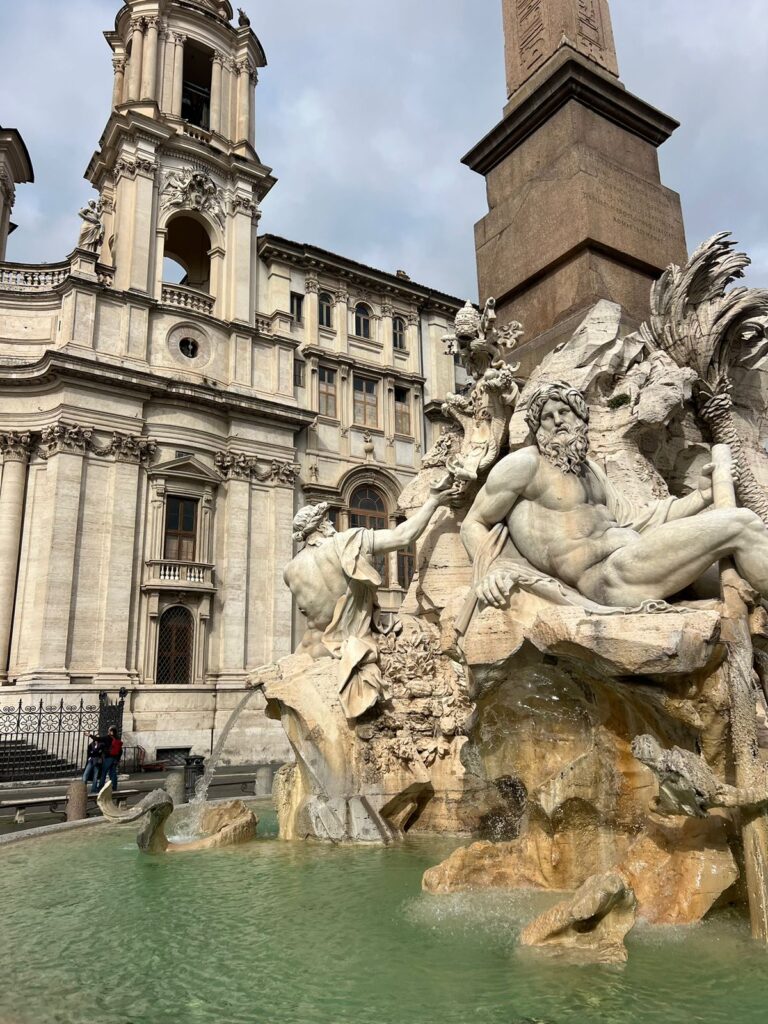
- Visit Sant’ Angelo Castle for the iconic statue and the artistic and military collection. The castle is crowned by a striking statue of the Archangel Michael, designed by the Baroque sculptor Gian Lorenzo Bernini in 1753. The statue stands as a symbol of protection and vigilance over the city of Rome. The interior of Castel Sant’Angelo houses a rich collection of art and artifacts, including Renaissance frescoes, medieval weapons, and papal apartments decorated by artists such as Raphael and Bernini.
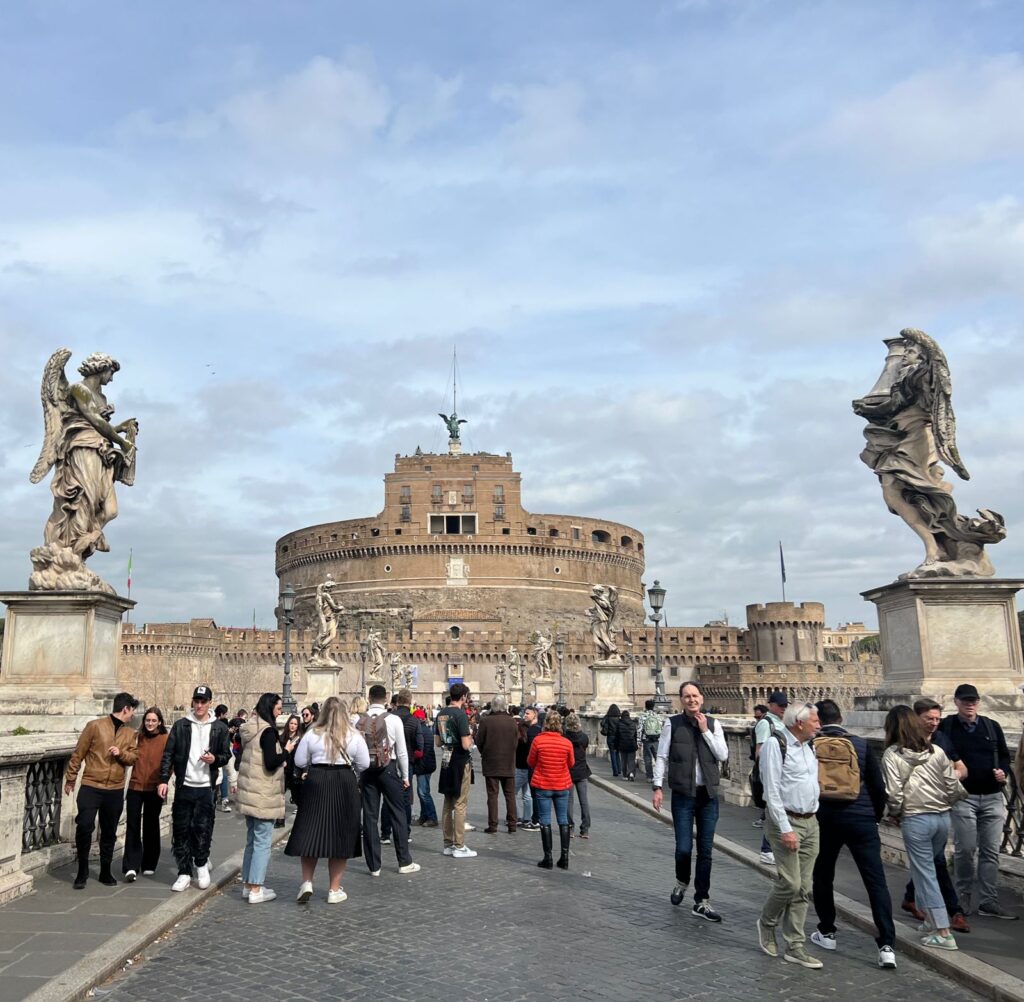
- One can’t say he was in Rome if one hasn’t visited Vatican city and its museums. Vatican City is the smallest independent state in the world, both in terms of area and population. Located within Vatican City, St. Peter’s Basilica is one of the largest and most renowned churches in the world, known for its stunning Renaissance architecture, including Michelangelo’s iconic dome. Another highlight of St. Peter’s Basilica is Michelangelo’s masterpiece, the Pieta, a stunning marble sculpture depicting the Virgin Mary cradling the body of Jesus Christ. It is considered one of the greatest sculptures ever created. The Vatican Museums are a complex of art galleries and museums located within Vatican City. They house one of the most extensive art collections in the world, spanning over 70,000 works of art, including masterpieces by artists such as Michelangelo, Raphael, Leonardo da Vinci, and Caravaggio. Perhaps the most famous attraction within the Vatican Museums is the Sistine Chapel. Decorated with magnificent frescoes by Michelangelo, including the iconic ceiling depicting scenes from the Book of Genesis and the Last Judgment on the altar wall, the Sistine Chapel is considered one of the greatest artistic achievements in Western civilization.
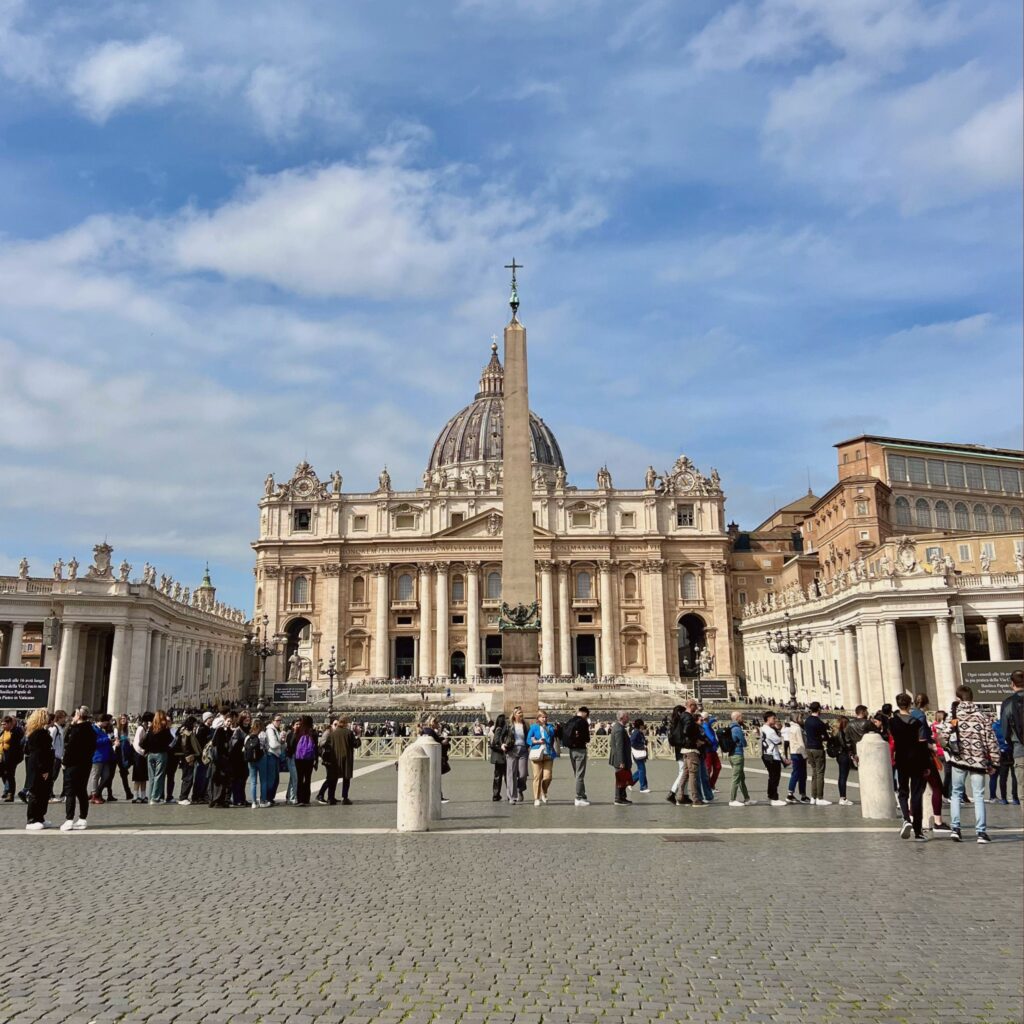
- Grab the best foccacia at Roscioli and ready to enjoy the happy hour around Campo de Fiori.
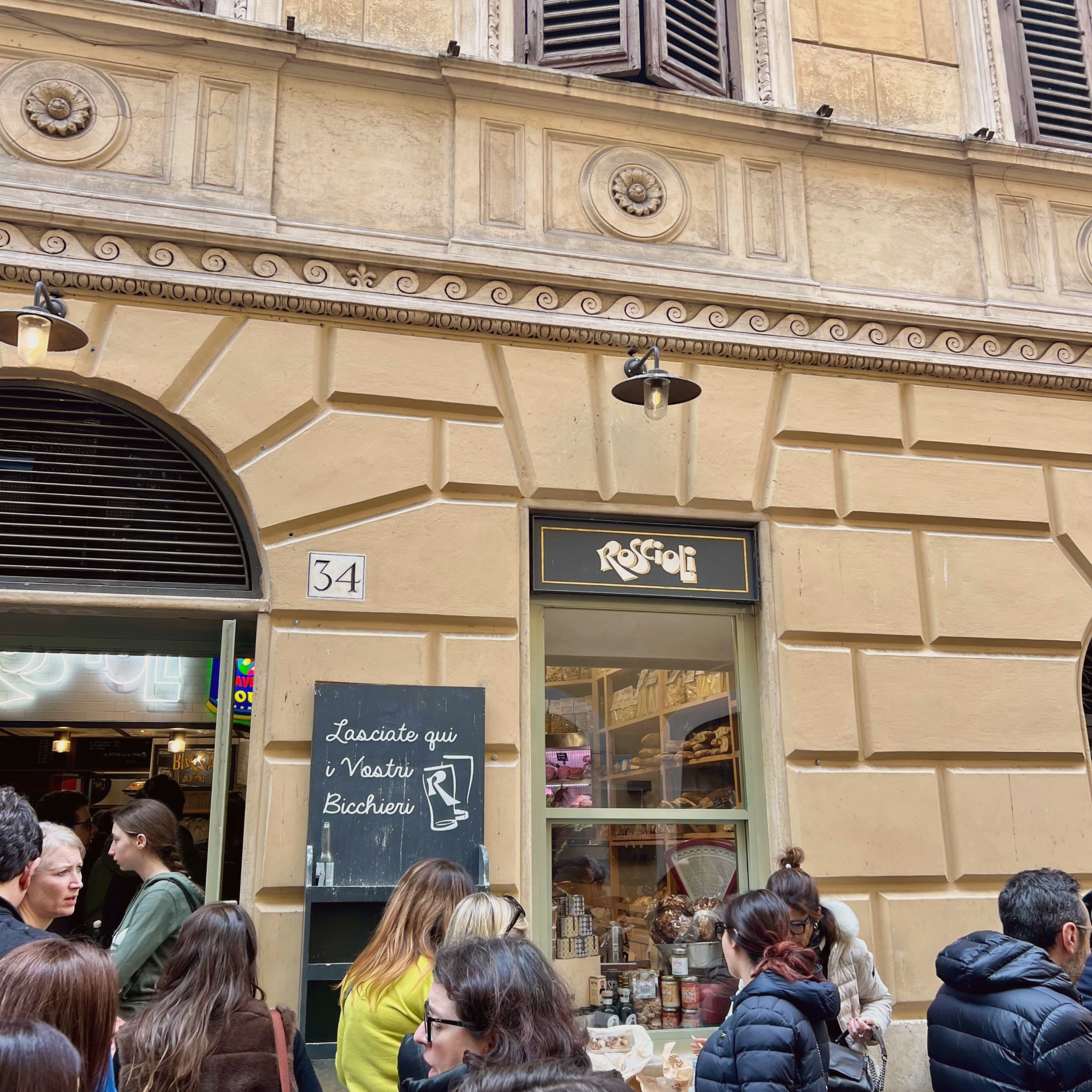
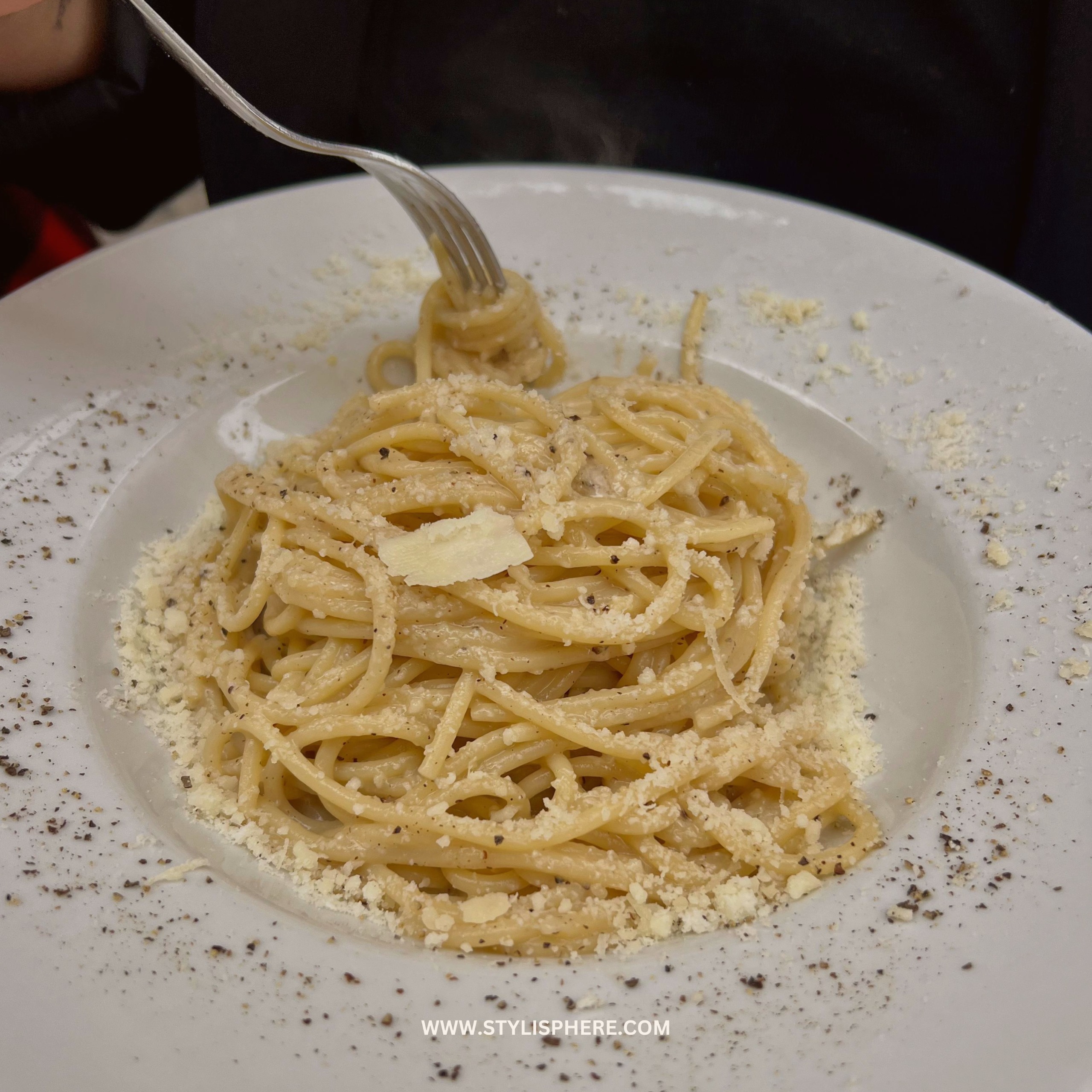
- Continue the fun on dinner at Il Vero Alfredo.
Day 3
- Visit the famous Colosseum. Wander through the interior of the Colosseum and imagine the spectacles that once took place within its walls. Marvel at the engineering ingenuity of the ancient Romans as you admire the monumental amphitheater. Climb to the upper levels of the Colosseum for panoramic views of Rome. From this vantage point, you can see iconic landmarks such as the Roman Forum, Palatine Hill, and Arch of Constantine.
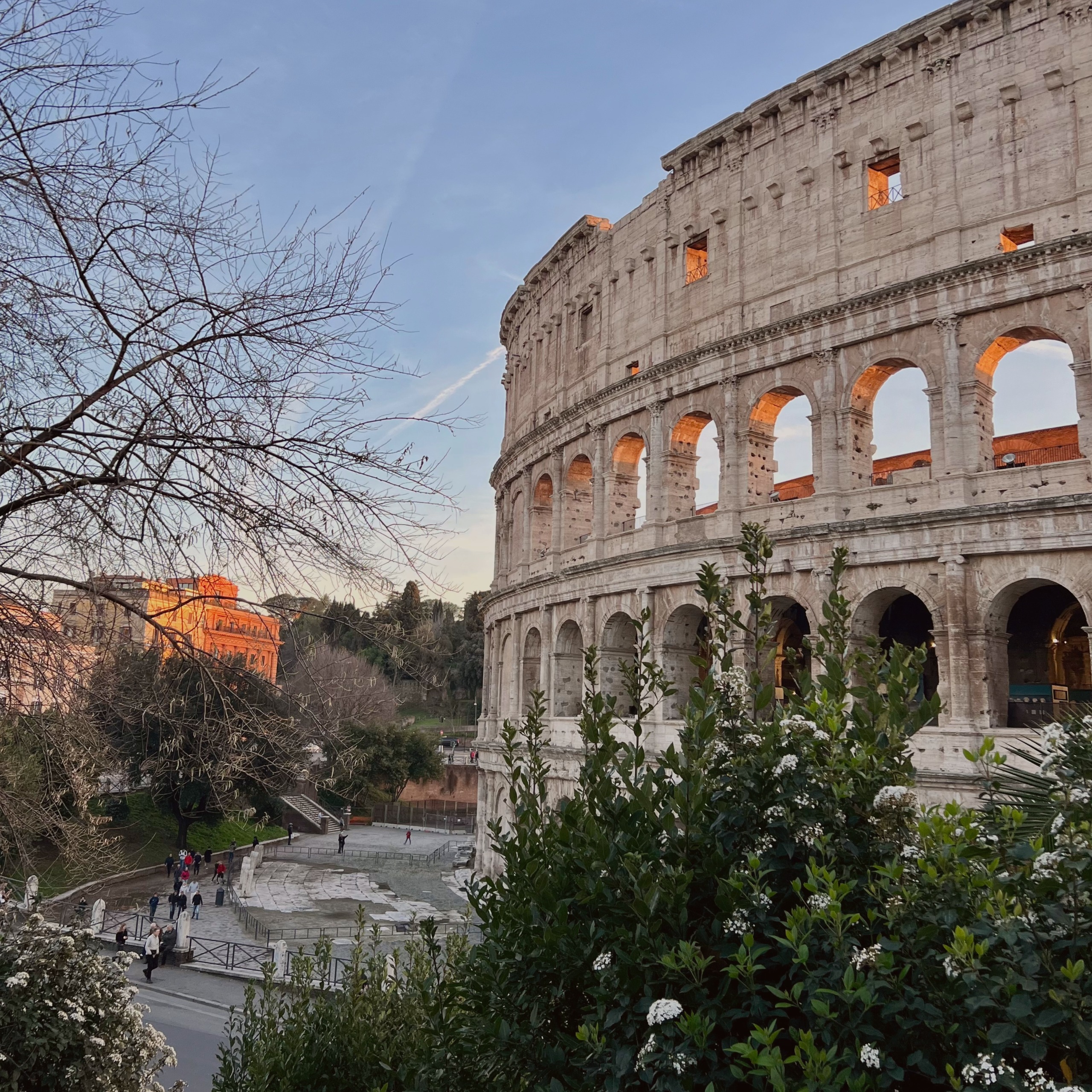
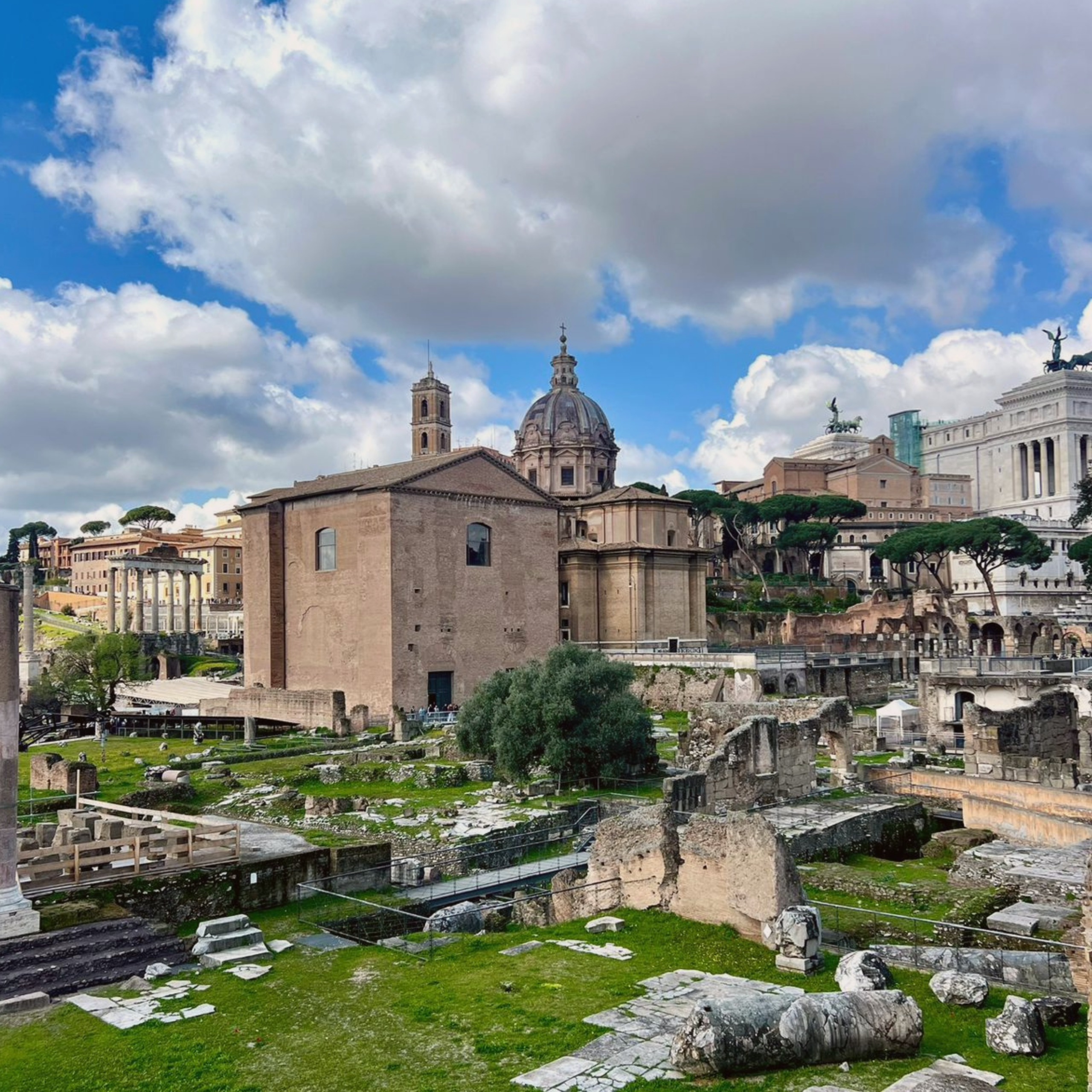
- Take advantage of the Colosseum’s central location and explore other nearby attractions, such as the Roman Forum.
- Have a stroll at Piazza Venezia and while there, take the opportunity to marvel the Vittorio Emanuele II Monument. Also known as the Altare della Patria (Altar of the Fatherland), is a grandiose monument dedicated to Vittorio Emanuele II, the first king of unified Italy. At the center of the monument is a colossal equestrian statue of Vittorio Emanuele II, flanked by two allegorical figures representing Unity and Liberty. The monument is often referred to as the “Altar of the Fatherland” because it houses the Tomb of the Unknown Soldier, a memorial dedicated to the soldiers who lost their lives in World War I. The tomb is guarded by two sentinels.
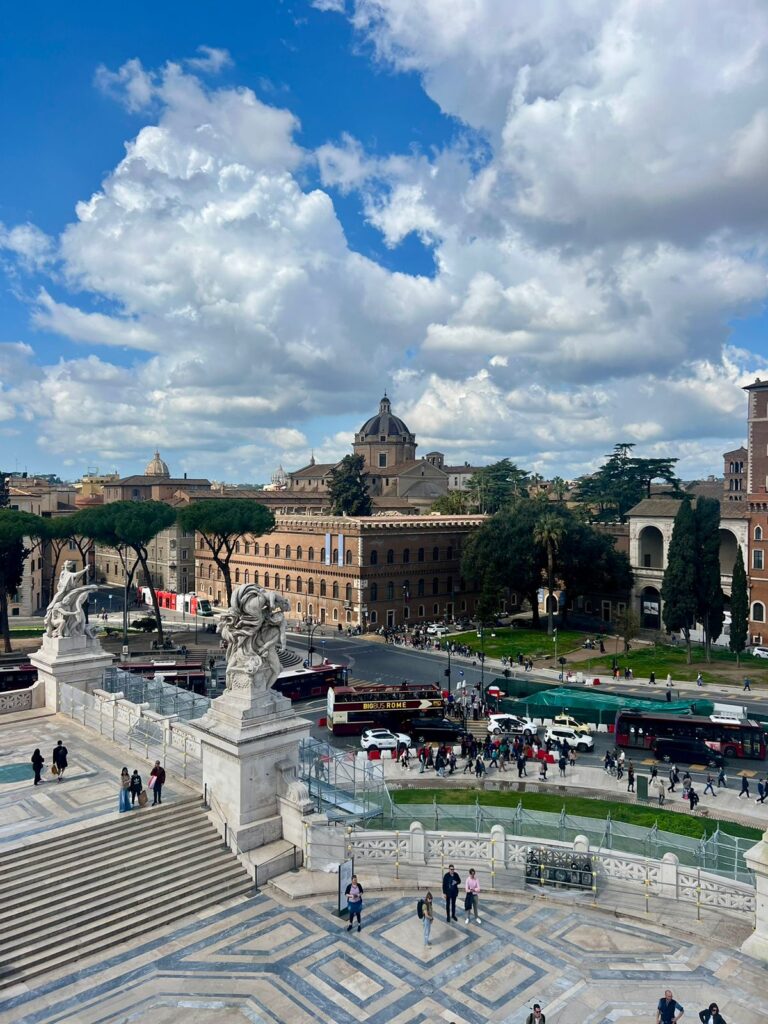
- Visit Campidoglio. Take in the majestic beauty of the Piazza del Campidoglio, which was redesigned by Michelangelo in the 16th century. Pay attention to the geometric design of the Piazza del Campidoglio, which was carefully planned by Michelangelo to create a sense of harmony and balance. Notice the trapezoidal shape of the square and the alignment of the buildings, which enhance its architectural beauty. Ascend the grand staircase known as the Cordonata, which leads from the Piazza del Campidoglio to the top of the Capitoline Hill. Enjoy panoramic views of the Roman Forum and the city skyline as you make your way up.
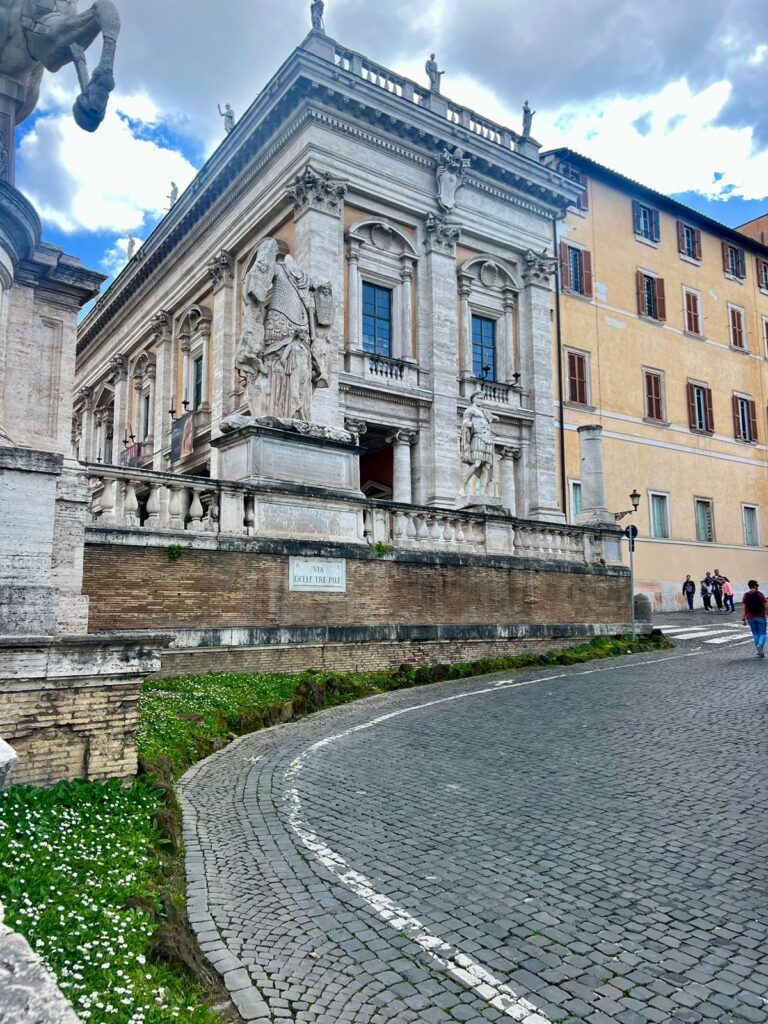
- Put your hand at Bocca della Verità. According to legend, the Bocca della Verità was used in ancient times as a lie detector. Supposedly, those accused of lying would place their hand in the mouth of the mask, and if they were dishonest, the mouth would snap shut, severing their hand.
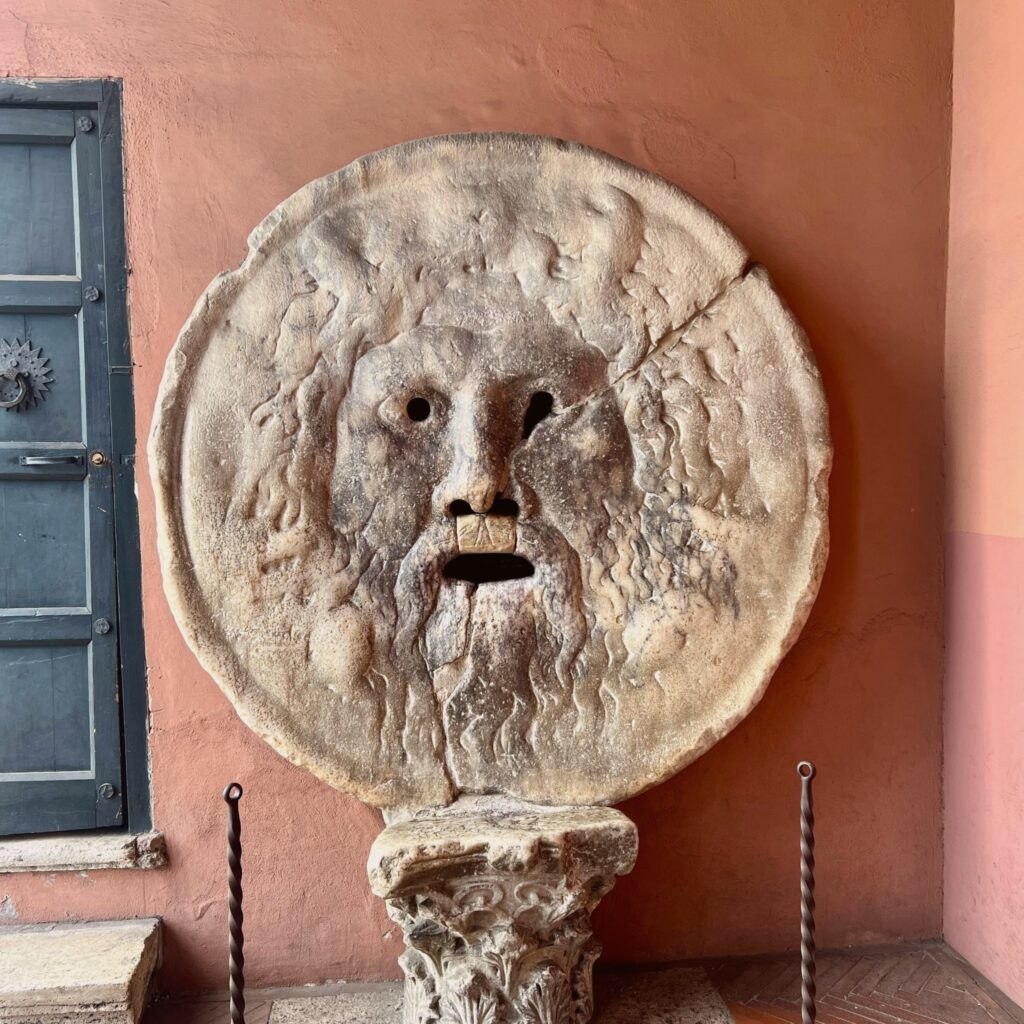
- Grab a quick pasta on the way to Ponte Sisto while enjoying the view of the Tiber River.
- Go back to Colosseum on the sunset cause you shouldn’t miss it for anything
- Listen to some live music at the gatherings at Piazza Trilussa.
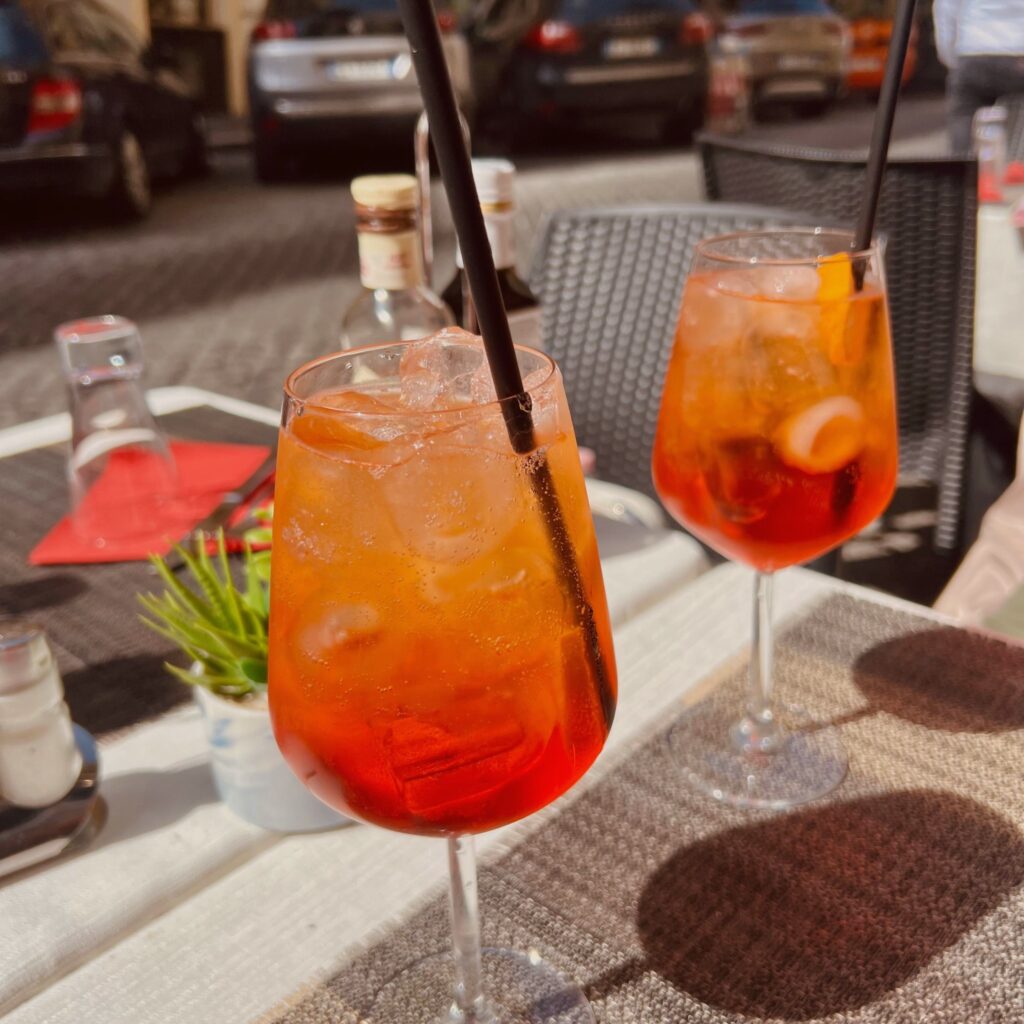
- Go for a walk at Trastevere to feel the vibe of the weekend.
- Dinner at La Scala (Trastevere).
